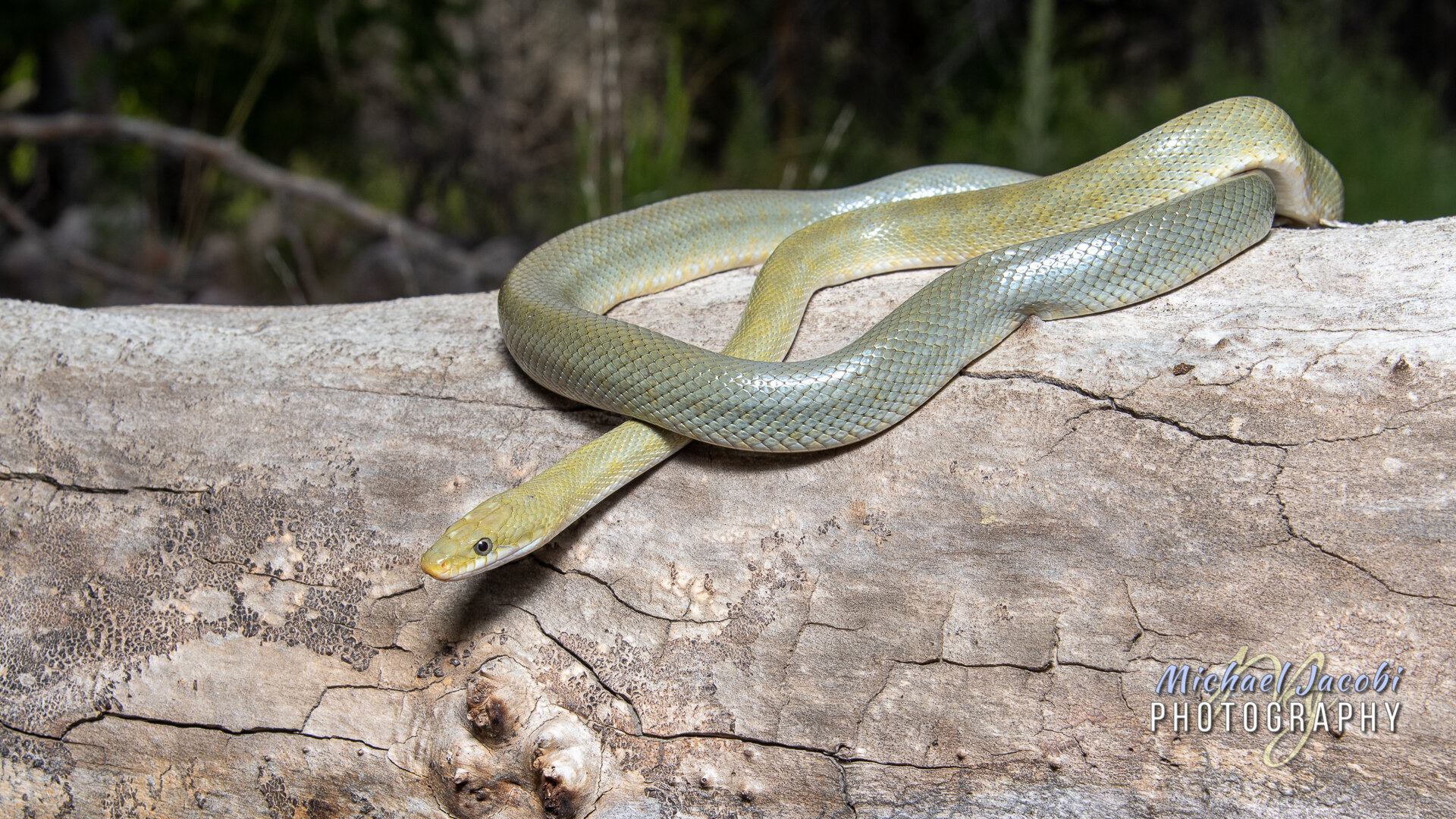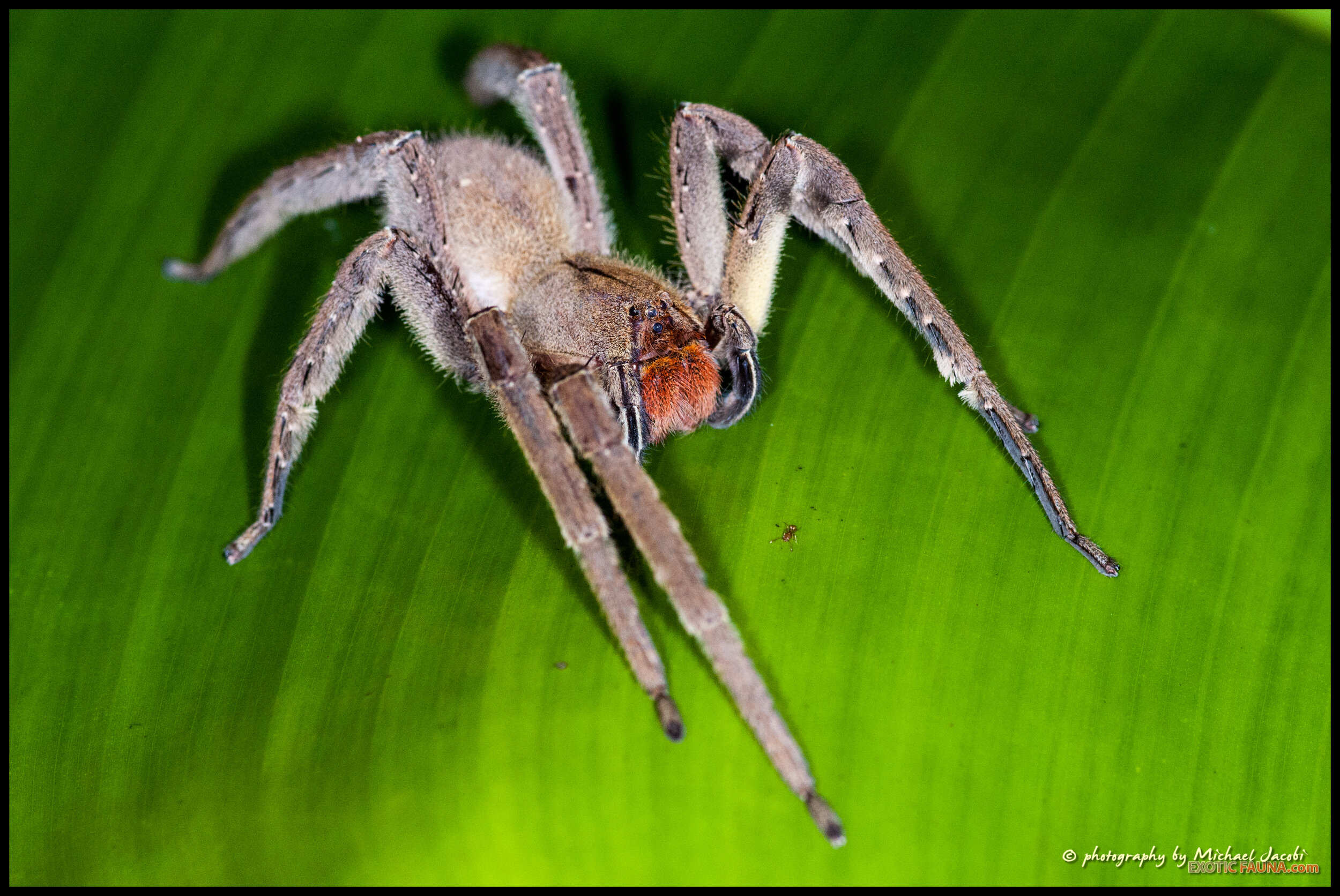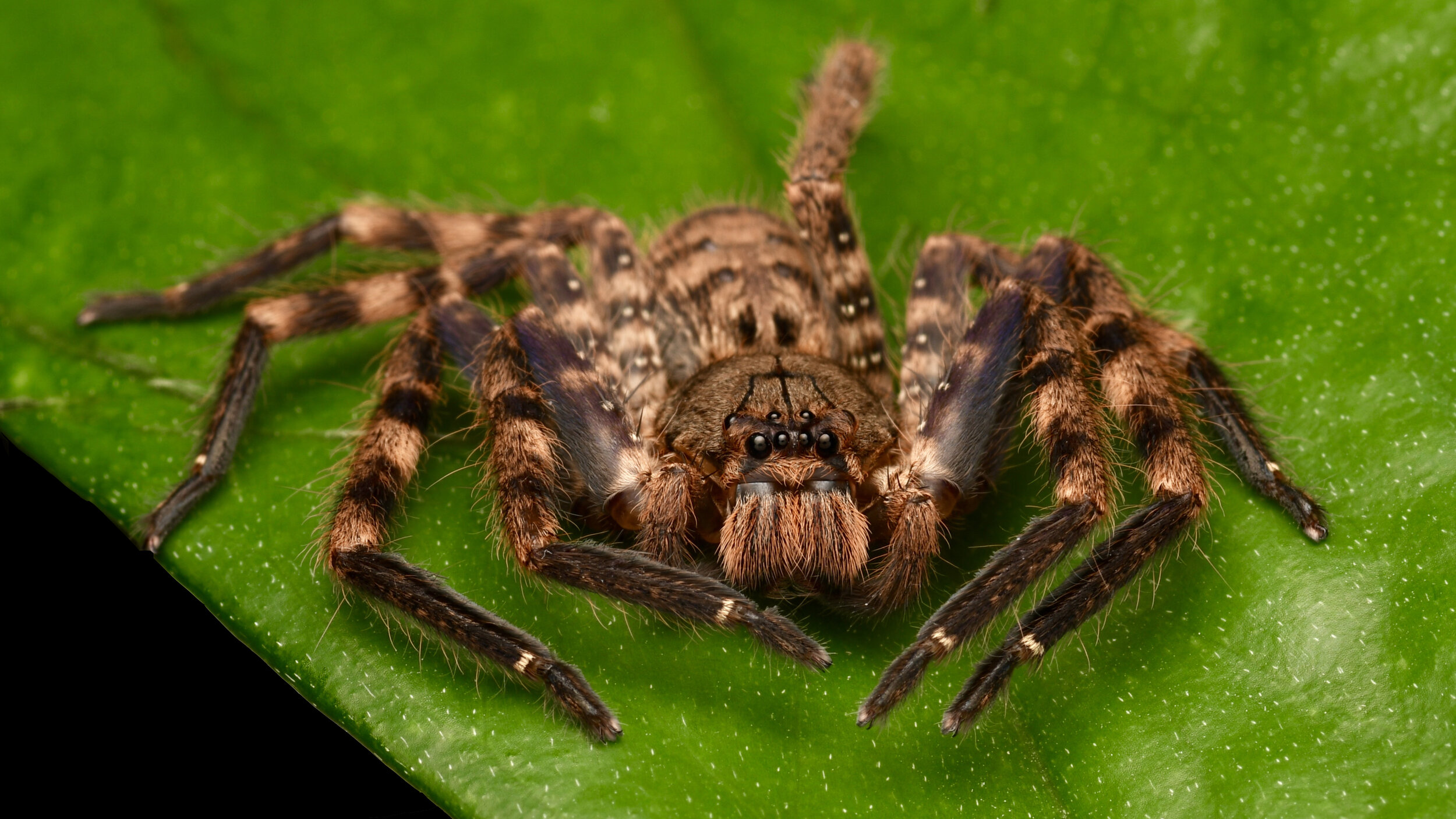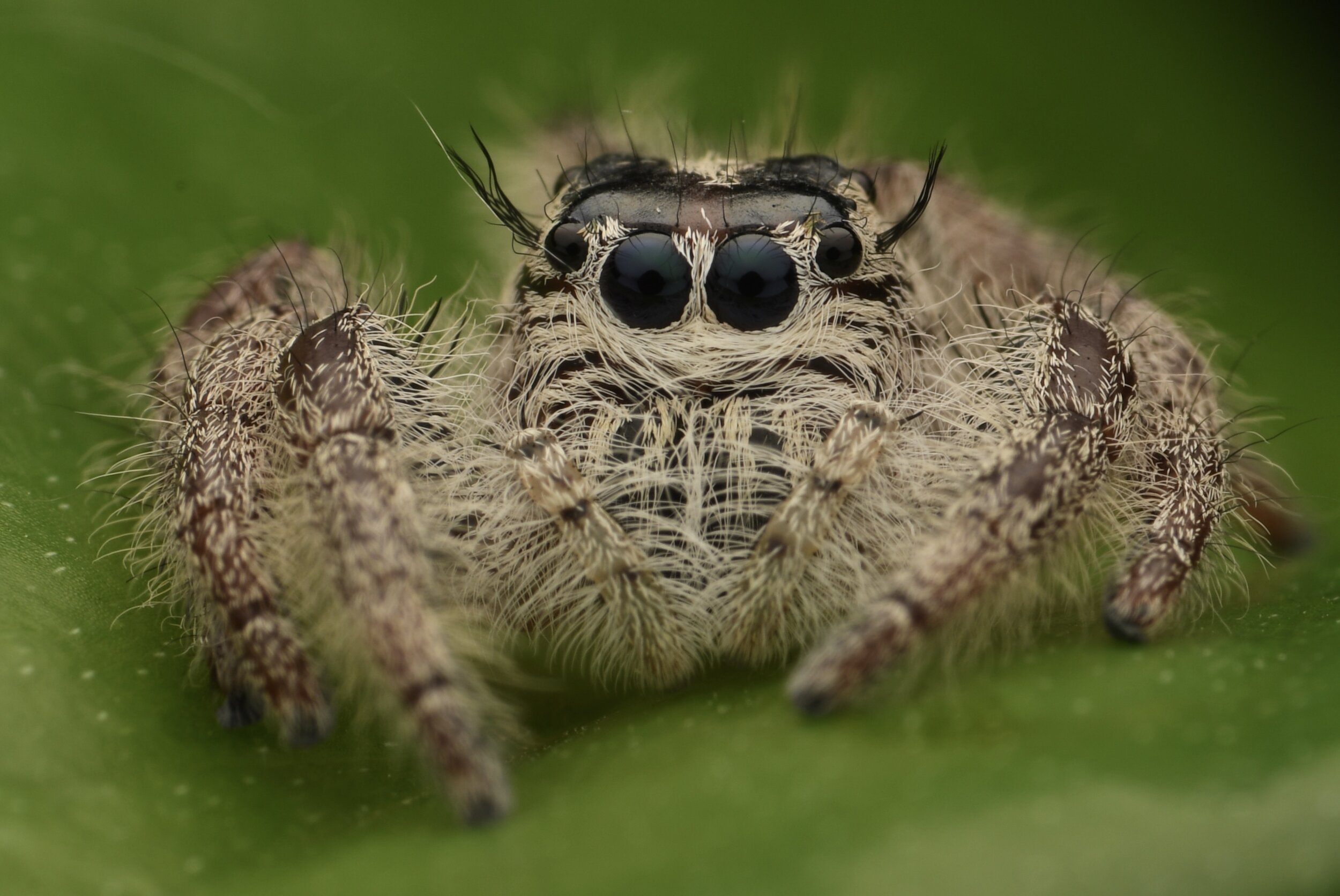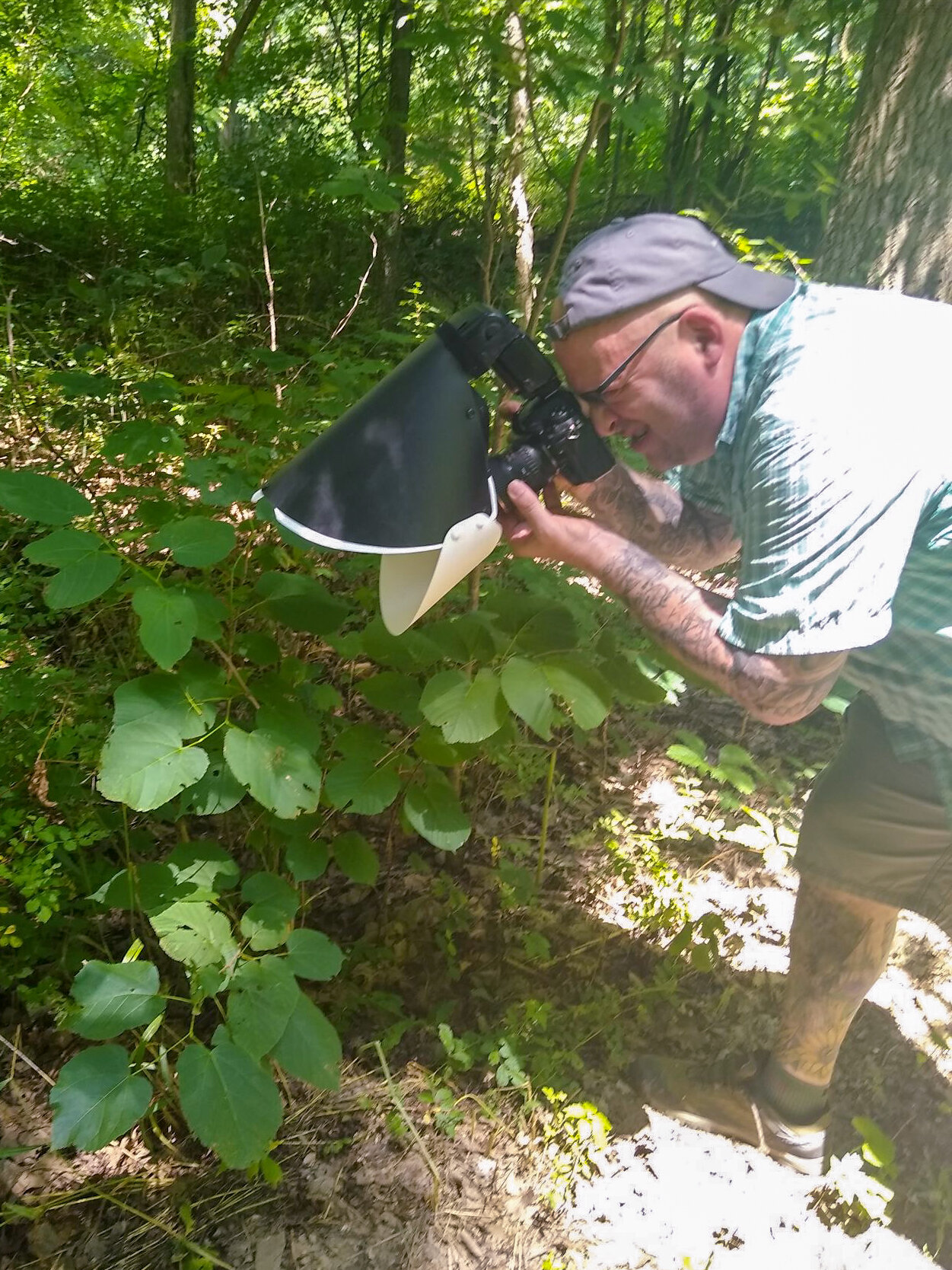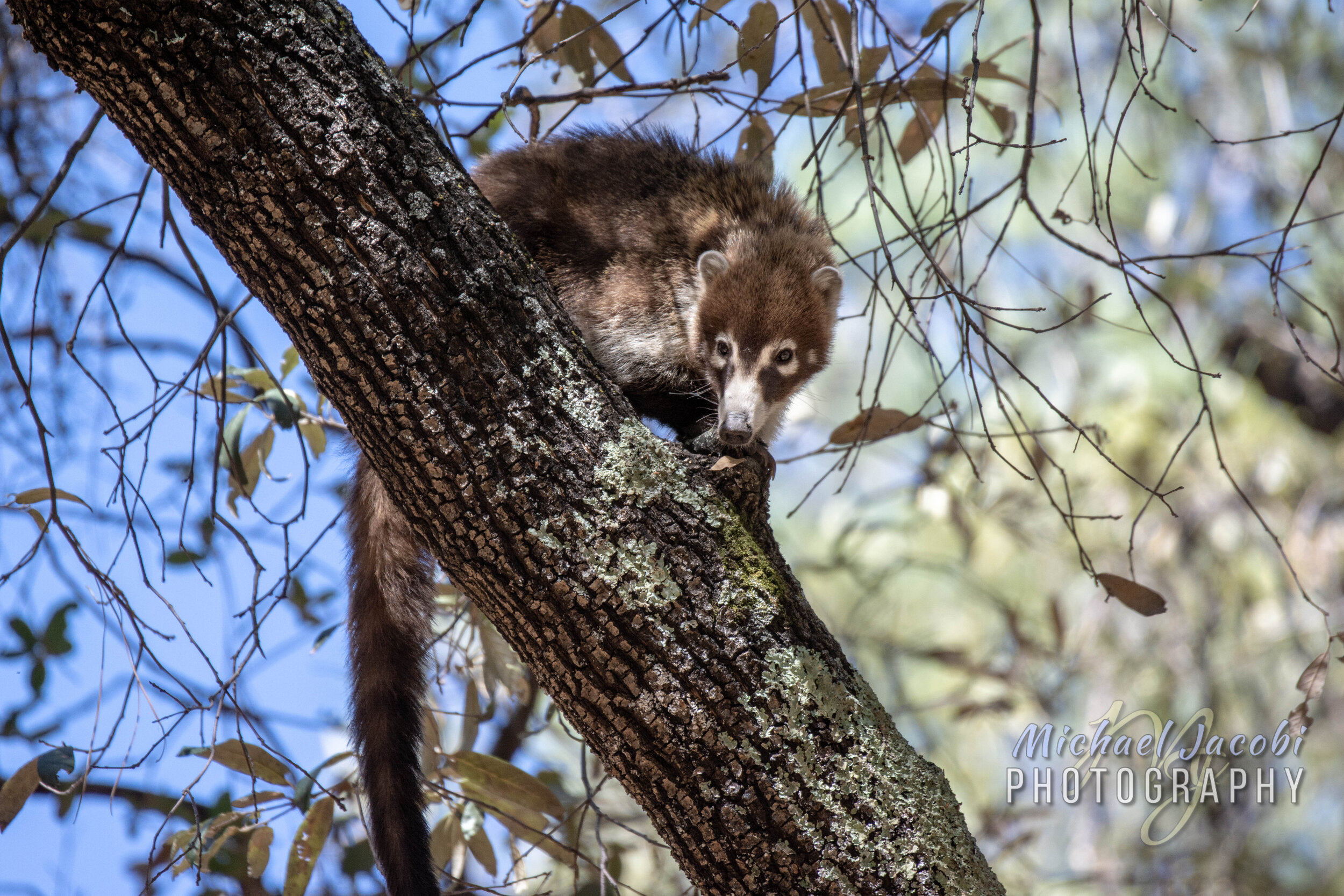After posting my FAQ entry last week, I received a message with a number of other good questions. I don’t check Facebook regularly and then only glance at my feed on my phone, so I missed that message until today. So here are the answers to Christie’s questions.
Christie asked, “Where/when was your first adventure out of the country?”
I had traveled extensively in the US and Canada from childhood to adulthood including a trip to Mexico many years ago but didn’t first get a passport until April 2006. My first trip out of North America was one month later and was my first trip to the UK, which I have now visited more than a dozen times. That was the first time I attended the British Tarantula Society Expedition. It was then held in the gymnasium of a school and I exhibited my new ARACHNOCULTURE magazine and a few American tarantula books including Marshall’s and Schultz’s. My first real adventure out of the country was in November 2006 when I joined Andrew Smith, Paul Carpenter, and Mark Carpenter in Costa Rica. I had first met Andrew when he spoke at the American Tarantula Society Conferences in Carlsbad and then Phoenix the following year. We had become fast friends and he invited me to be part of his Costa Rica team. It was my dream adventure and lived up to all my expectations. I’ll never forget finding 14 different tarantulas in that beautiful country. I’ll never forget traveling with Andrew, Paul and Paul’s brother Mark. As the sole American representative of a decidedly English tarantula hunting team, I enjoyed the Latin American landscape, people, and food, while getting additional international flavor from my Brit mates. I revisited Costa Rica with my stepfather in 2015 and had a third visit, again with my stepdad Joel, planned for a year ago that was canceled due to COVID-19. I look forward to returning when it is safe to reschedule.
For those interested in more about our Costa Rica 2006 expedition, I have a film on my YouTube channel chronicling our adventure: https://youtu.be/GCL4Yz0YZlo
What/who inspired you as a child to become who you are?
Both of my parents and my maternal grandmother. As a child, I was fortunate to go on month-long road trips across the U.S. and Canada. We camped in State and National Parks and it only furthered my love of wildlife. My mother was always particularly supportive and my father loved the outdoors and, in particular, birds. My grandma was a birder who spent countless hours on her screen porch with binoculars, and I recall her buying me one of my first serious snake books. All three were encouraging of my love of nature, and my mother was very accepting of my passion for creepy crawlies and keeping a roomful of them as pets.
What was your first love...music/Photography/Animals?
I’d have to say music and animals are tied as I started playing my first instrument - violin - when I was 9 years old and that is the same age I got my first pet snakes. I had already begun collecting insects and spiders in jars too. I later switched to guitar and much bigger snakes and spiders! Photography came later. I remember learning a bit when I was a kid from a friend who had a darkroom, and in high school, I took a photography class. I eventually got a film SLR but didn’t get serious until preparing for my 2006 Costa Rica trip. I was discouraged by the results. I shot maybe 20 rolls of film in Costa Rica, spent a load of money getting them processed, and was disappointed by many poor images. That’s when I decided to learn more and practice more. And that was my last trip with a film camera. Once I got digital camera (DSLR) I began to take photography seriously.
Favorite 80’s band? (I love Foreigner!)
My tastes are so diverse that it’s tough to pin down one. As a metalhead, I discovered Metallica in 1982 when they first were getting started and got turned on to the whole New Wave of British Heavy Metal through them. They’d name bands in interviews and I’d go out and listen to them. I was playing guitar in metal bands from 1978 while in high school and Metallica in the early 80s really opened up new doors to me. I grew up on 70s prog rock and metal and by the 80s sought bands that combined the two (prog metal).
Foreigner is a true 80s band though. If I had to name a band really associated with the era and a guilty pleasure I’d say, Journey.
What are you most proud of yourself for? (personal/professional)
I don’t know that I’d say I am most proud of it, but publishing my Animal Planet Pet Care Library Tarantulas would be among my greatest achievements. It was nice to have a book associated with a well-known company to stand behind. I distilled thirty years of knowledge into 30,000 words and feel it is the best introduction to the hobby. At the time I wrote it, I was working for pet wholesaler Northwest Zoological Supply and our main customer was Petco. The book was very much designed to be something that new keepers would find at Petco, Petsmart, and other pet shops. It’s not for serious keepers; it’s essential info for the newbie. What is special about the book is that it was something tangible I could give to my family and friends who didn’t keep spiders and they could be proud of me for it, whereas they wouldn’t give a hoot about me breeding a species for the first time or something like that.
Favorite animal to photograph? Why?
In macrophotography there are no better subjects than jumping spiders. They will focus on the lens and their big eyes stand out, usually catching the reflection of the flash diffuser creating a unique type of catch light. However, rattlesnakes are my favorite animals to photograph. You can almost capture movement like their strike or buzzing of their tail in a still image, and they tend to stick out their tongues for you! They’re my favorite creatures and favorite subjects.
Crotalus molossus molossus, Chiricahua Mountains, Cochise County, Arizona
Scariest situation or place you’ve experienced?
I assume you mean traveling or in the field. The truth is I have never feared anything, but then I am pretty fearless. In an interview, I answered a similar question by bringing up creepy guys in the toilets at Kuala Lumpur airport! I haven’t had any bad or scary experiences. The worst thing that has happened was getting stung by Centruroides limbatus in Costa Rica. I have a very high tolerance for pain, but that was a bit of a wallop. I remember Andrew checking up on me as I laid in my bunk back in our cabin. I just took allergy pills and pain relievers and tried to get to sleep (it happened at night while we were searching Aphonopelma seemanni burrows near our cabins). The next morning my hand was still swollen, but the pain had largely subsided. I’ve actually felt safe on all my travels.
Most important life lessons you’ve learned on your travels?
World travel broadens the mind. It reminds you that you are just one of the billions and that your native culture is just one way of life. It also reminds you just how fortunate you are. Most of the people I meet in foreign lands couldn’t afford to pack up and visit America for a month. Like all significant experiences, it puts everything in perspective.
See #129 - FAQ for part one



